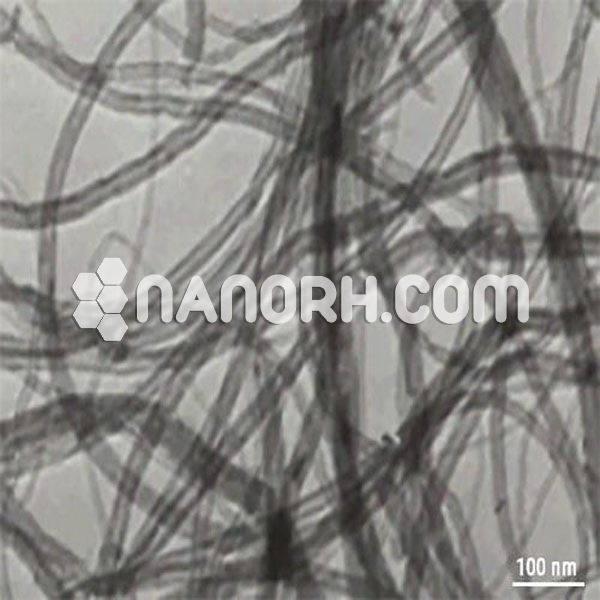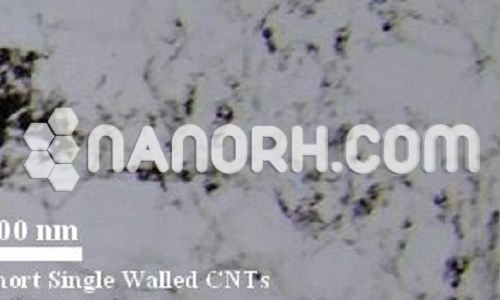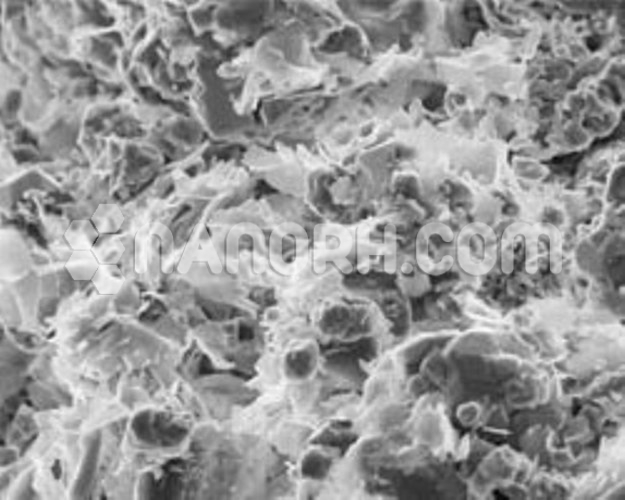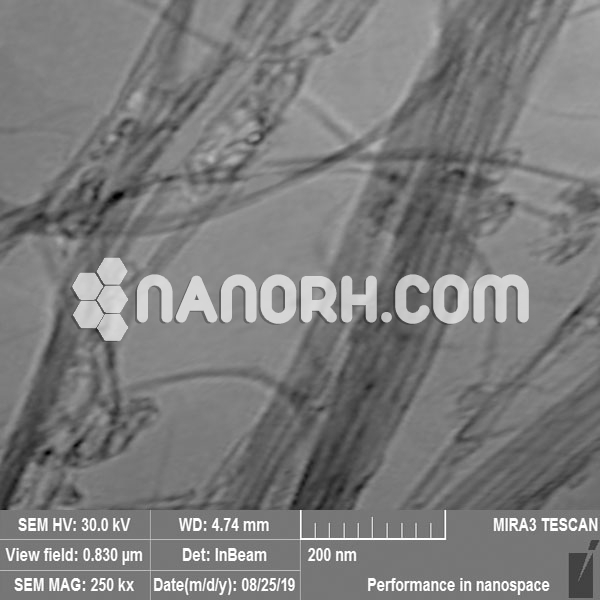MWCNTs N-Methyl-2-Pyrrolidinone Dispersion (3wt%, >95+%, OD: 5-15 nm, Length 50um)
MWCNTs N-Methyl-2-Pyrrolidinone Dispersion – Carbon nanotubes have incredible mechanical and electrical properties and are required to prompt numerous new materials and modern applications, yet to exploit their qualities they should be exceedingly and exclusively dispersed.
| MWCNTs N-Methyl-2-Pyrrolidinone Dispersion | |
| Product No | NRE-36023 |
| CAS No. | NA |
| Purity | > 95 wt% |
| Average Diameter | 5-15 nm |
| Average Length | 50 um (TEM) |
| Special Surface Area(SSA) | > 233 m2/g (BET) |
| Tap Density | 0.27g/cm3 |
| True Density | 2.1g/cm3 |
| Electric Conductivity | > 100 S/cm |
MWCNTs N-Methyl-2-Pyrrolidinone Dispersion
Applications
Electronics and Nanoelectronics
Conductive Materials: Due to their high electrical conductivity, MWCNTs n-methyl-2-pyrrolidinone dispersion are used in the production of conductive films, transparent conductive coatings, and electrodes for electronic devices.
Field-Effect Transistors (FETs): MWCNTs are employed as the channel material in nanoelectronics like FETs due to their high electron mobility and stability at the nanoscale.
Sensors: MWCNTs are used in chemical and biosensors for gas detection, biomolecule sensing, and environmental monitoring due to their sensitivity to changes in the environment.
Energy Storage and Conversion
Batteries and Supercapacitors: MWCNTs enhance the performance of lithium-ion batteries, supercapacitors, and other energy storage devices by providing higher conductivity and increased surface area for charge storage.
Fuel Cells: In fuel cells, MWCNTs are used to improve the performance of electrodes and catalysts, leading to more efficient energy conversion.
Solar Cells: MWCNTs are incorporated into photovoltaic devices to enhance electrical conductivity, contributing to higher efficiency in energy conversion.
Composite Materials
Reinforcement in Polymers and Composites: MWCNTs are added to polymers, metals, and ceramics to create nanocomposites with enhanced mechanical strength, stiffness, and durability. These composites are used in industries like aerospace, automotive, and construction for lightweight, high-strength materials.
Thermal Management: MWCNTs’ excellent thermal conductivity makes them ideal for creating heat-resistant composites used in electronics, heat sinks, and thermal insulation materials.
Medical and Biological Applications
Drug Delivery: MWCNTs are explored as carriers in drug delivery systems because their hollow structure allows them to encapsulate drugs, providing a controlled release to targeted areas, especially for cancer therapy.
Cancer Therapy: MWCNTs can be functionalized to target specific cancer cells. They are also used in photothermal therapy, where they absorb near-infrared light and convert it into heat, potentially destroying cancer cells.
Biosensors and Diagnostics: MWCNTs are used in biosensors for detecting specific biomarkers, enabling early diagnosis and personalized medicine. They also have applications in imaging techniques, enhancing the contrast in medical imaging.




